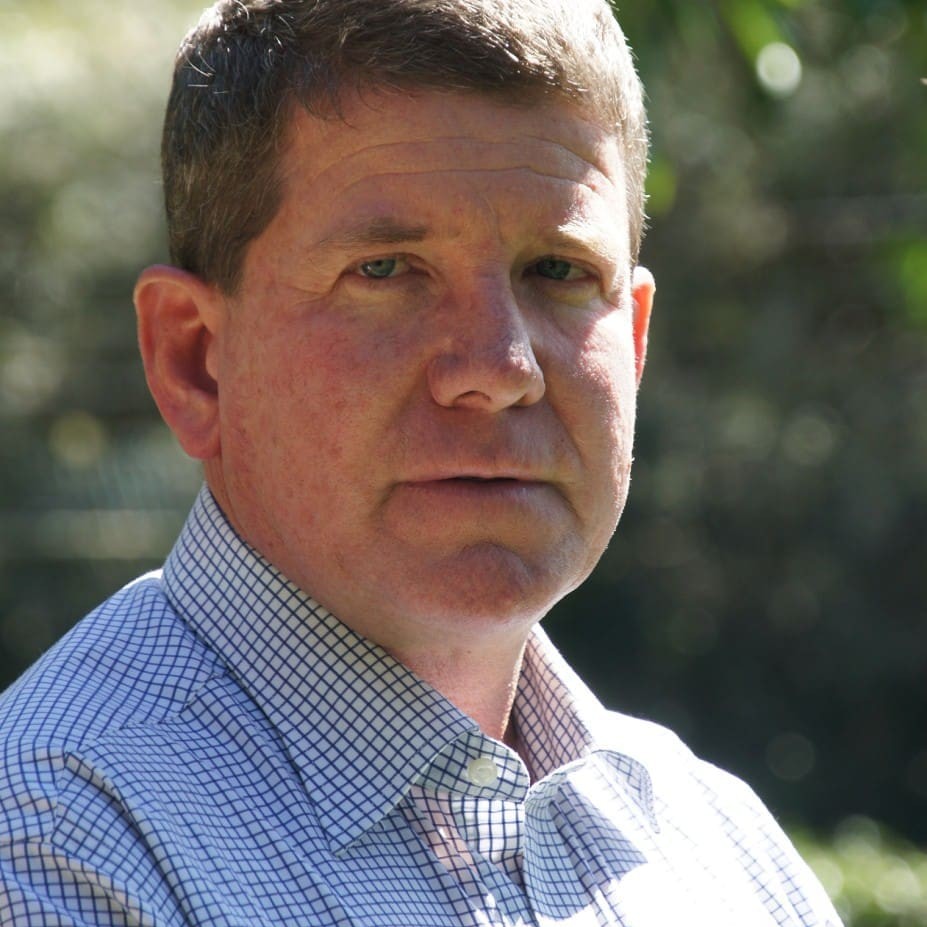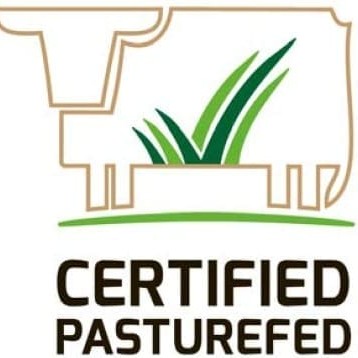 Establishment of cattle supply chains will be one of the challenges facing the industry following Monday’s launch of the new Pasturefed Cattle Assurance System (PCAS) at Teys Australia’s Beenleigh processing plant near Brisbane.
Establishment of cattle supply chains will be one of the challenges facing the industry following Monday’s launch of the new Pasturefed Cattle Assurance System (PCAS) at Teys Australia’s Beenleigh processing plant near Brisbane.
One of the beef producers in attendance at the program launch was Central Queensland cattleman and former Cattle Council of Australia member, Ian McCamley, from Lowesby, near Rolleston.
His business no longer breeds any cattle itself, but relies totally on buying-in young steers and heifers to background and grow-out to grassfed MSA slaughter weights.
Under the terms of the new Pasturefed Cattle Assurance System (PCAS), including whole-of-life verification of pasture feeding, he will not only have to gain PCAS certification himself, but also convince his breeder-suppliers to do so, in order to comply.
“For breeder/finishers, the certification process will obviously be a lot simpler,” Mr McCamley said.
“But for us, it’s a bit like the EU-accredited process. Sometimes you can buy those EU steers in the saleyards for no premium at all. But when we are buying bigger lines of young grower cattle in the paddock, if I am confident that in 18 months’ time I will get a premium for PCAS-certified MSA steers and heifers, then we can offer a decent premium to our suppliers to encourage them to join,” he said.
“But until we’re fairly sure of that, it will be difficult.”
Mr McCamley pointed to examples where some southern processors were now offering contracts out four or five months for high-quality grassfed cattle 260-320kg, MSA-graded, no HGP.
“Processors considering adoption of PCAS could take a leaf out of that book,” he said.
As outlined in Monday’s introductory article, “Cattle Council launches new Pasturefed Standard”, the PCAS system will be underpinned by a set of standards which govern the on-farm feed requirements and traceability of the cattle, as well as pre-slaughter handling practises which influence eating quality.
The PCAS program is a classic example of an industry process where the National Livestock Identification System will play another critically important role, above and beyond its originally-intended purpose built around livestock traceability in the event of an exotic disease incursion, and product traceback in the event of a residue detection or other health issue.
Mr McCamley has watched the genesis of the PCAS program since the AgForce meeting in Rockhampton five years ago, where the concept was first floated.
“I couldn’t believe the opposition and resistance to the proposal that came from areas of the industry that were meant to be providing us with a service, at the time,” he said.
“But obviously the grassfed producers were right behind it, and eventually that resistance was overcome. The more we looked, the more stakeholders we found that were in favour of a certified grassfed process, ranging from celebrity restaurateurs, doctors and nutritionists and others.”
“They’d ask us where to go to buy good, consistent, reliable grassfed beef, and we had to tell them they couldn’t, because there was no certification to actually say it actually is grassfed.”
“But if you wait long enough, things can happen.”
“But this is only really the end of the first chapter,” Mr McCamley said. “When you really think about it, a bovine doesn’t have a beak. It was meant to eat grass. This product, as long as it is MSA graded and the equivalent in terms of eating performance of a similar grainfed product, really should be the absolute premium product in the country.”
Mr McCamley said when he first became involved in CCA and AgForce Cattle back around 2000, he could not believe how much emphasis MLA was placing on the grainfed industry.
“I kept looking at the figures and saying, ‘Hang on, the grassfed levy payers are the ones paying all the bills here,” he said. “That’s when the push for a Pasturefed standard came, and one of the MLA managers called us ‘grassfed zealots’ and wished we would go away.”
 “It has taken too long, partly due to that resistance from our paid service providers, but hopefully we can learn from that and move on. People like (former CCA president) Greg Brown put a lot of effort in getting this over the line.”
“It has taken too long, partly due to that resistance from our paid service providers, but hopefully we can learn from that and move on. People like (former CCA president) Greg Brown put a lot of effort in getting this over the line.”
“But there’s no reason why an MSA-graded, certified grassfed product in the low boning groups, fed naturally the way it was meant to, should not attract a considerable premium. We have a consumer out there that has said, ‘I want a reliable grassfed product’ for six or eight years.”
“Certified pasturefed may not ever be a massive market, but to a large extent grainfed domestic has become a commodity product in the market, and this offers some exciting points of difference – both in domestic and export destinations.”
None of the other significant grassfed beef producers around the world – Argentina, Brazil, Uruguay – had the traceability, grading or QA-based verification systems in place to guarantee the product the way Australia did, Mr McCamley said.
“More credibility, more shelf-life and a great story behind it. Pretty exciting times,” he said.
“Teys was one of the companies we used to bang our fists on the table at over this concept, early last decade, so it is just wonderful to see it now reach fruition. But it will take big stakeholders like Teys and JBS to get behind this program, to really drive its uptake. Money is the greatest motivator of all.”
Recent MSA program changes
Asked about other recent MSA program developments announced on Beef Central on Friday, Mr McCamley said the transport distance/time relaxation (click here to access earlier Beef Central story) would be a big step.
“As a producer, we always have to be mindful of supply and demand, and some might fear that the floodgates are opening with this step. But I don’t think the MSA system will come under livestock price pressure simply because of the access to a greater number of stock from more remote areas.”
“This industry generally moves fairly conservatively, and nobody wants to see the MSA price premium being compromised by sudden oversupply.”
However the industry had known for a long time that cattle could be put on a truck for quite a period and it didn’t make ‘a spot of difference’ to their carcase performance – provided they were appropriately handed and managed through the process.
“It’s more the loading and unloading where the chances of stress related problems like pH and dark-cutting come from.”
“The move to extend the transport window is a no-brainer, and there are some awesome cattle out in that country that will fly through MSA, at the right time of year. And the genetics being used in those more remote regions, both company and privately-owned, have changed a lot over the past ten years,” Mr McCamley said.
“Pretty much, we can draft up the whole state (of Queensland) now, and the product that makes MSA and will eat well will get put in the right box, and the rest will get minced.”
He also saw a lot of potential in the new MSA optimisation model announced on Beef Central on Friday, which promises to:
- Increase the number of cuts eligible from MSA from a given carcase
- Increase the number of 4 and 5-Star cuts harvested, and
- Reduce aging time requirement on many cuts, by between 5 and 17 days.
“I’ve always said that unless MSA processors are extracting good financial performance from the MSA program, I’m not likely to get much in return. By improving the number and quality of MSA cuts graded and reducing cost, through lower aging time, that puts more money in their pocket to bid up on cattle,” Mr McCamley said.
“It’s just as important to get the best cuts in the right boxes, as it is to get the worst cuts in the appropriate boxes. If it’s good for processors, ultimately it means it’s good for us: they have a bit more to throw around when buying MSA cattle.”
“As long as it does not simply detract from the premiums producers are currently getting for MSA at the moment, which are pretty healthy (about 20-25c/kg dead-weight on Southeast Queensland grids this week), then I’m happy.”
More consistent premiums
Mr McCamley said one of the problems with MSA livestock pricing in the past was the way the premium over non-MSA ‘jerked around’ during the year.
“It’s not that long ago that the premium was often only 5-10c, and it occasionally got to 20c-30c – but that didn’t last long. But now it seems that the better premium lasts a lot longer, so the average premium through the yearly cycle is a little better. Maybe 20c,” he said.
Mr McCamley is well known as one of the industry’s ‘standard-bearers’ opposed to the contradictory regulation where carcases that score extremely well for MSA under ossification age-for-maturity measurement are knocked-out, simply because they display four teeth at dentition assessment.
“The new MSA optimisation model is a great breakthrough in getting more cuts from more cattle into the MSA program, more cost effectively – and without compromising the system. But there is an equally good way of achieving the same outcome: simply get rid of the antiquated, non-science-based four-tooth AusMeat regulation.”
“We’ve got impeccable science behind MSA – let’s use it,” he said.
